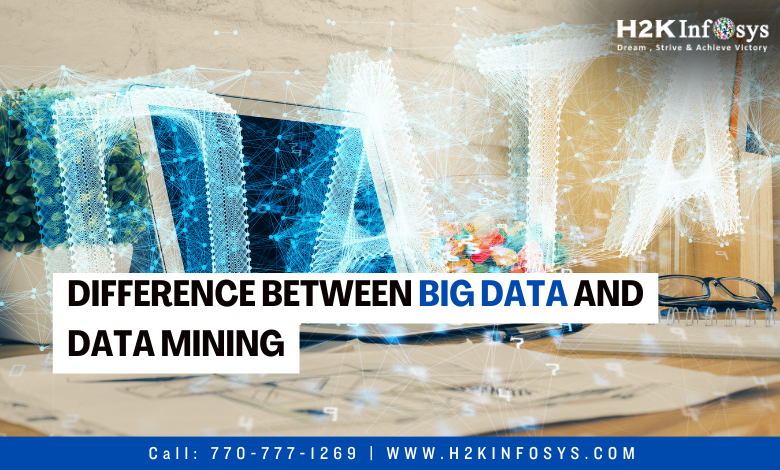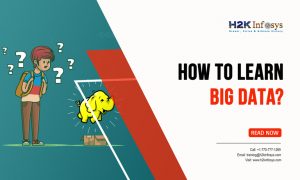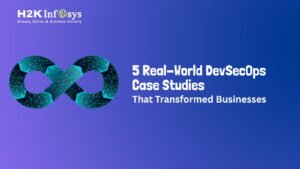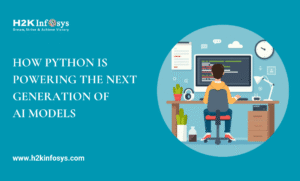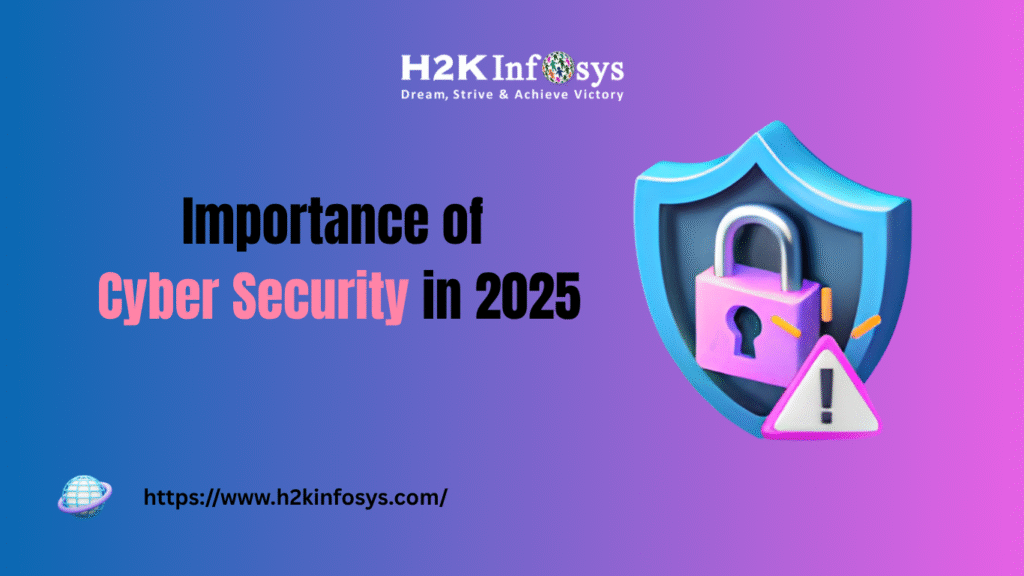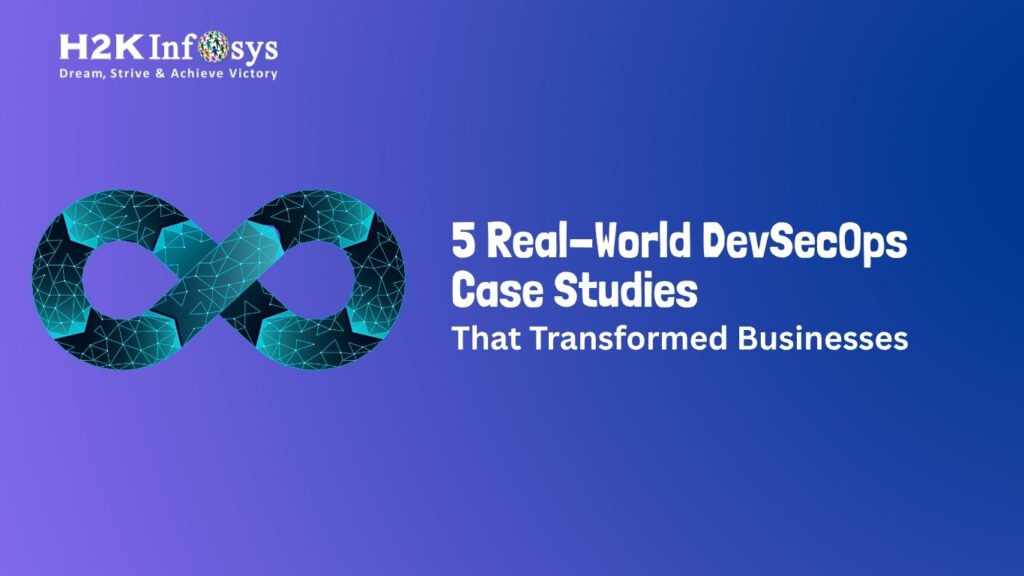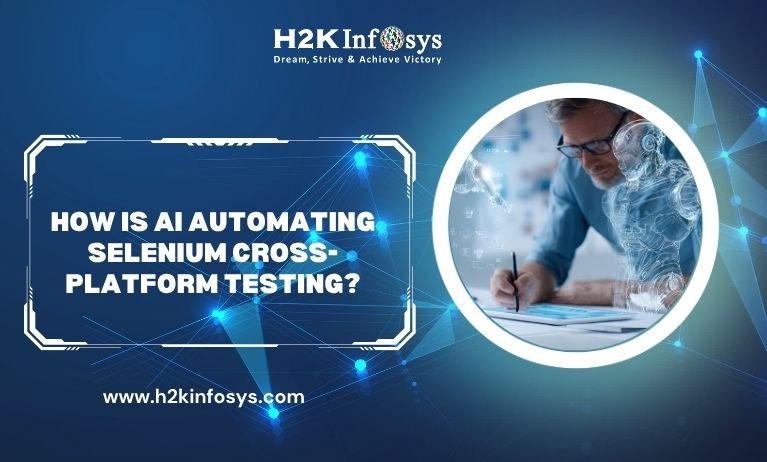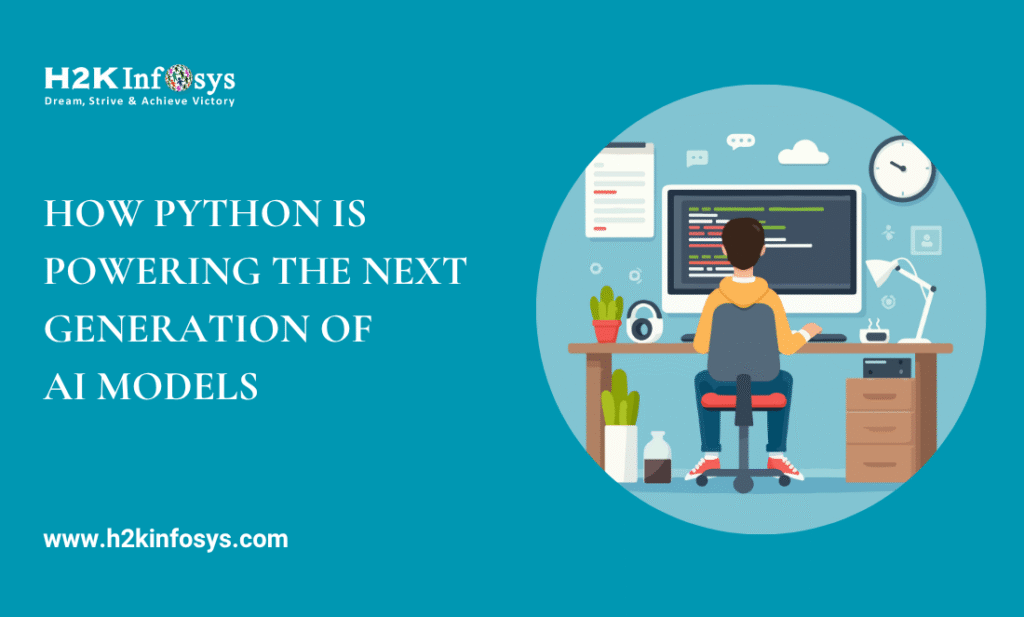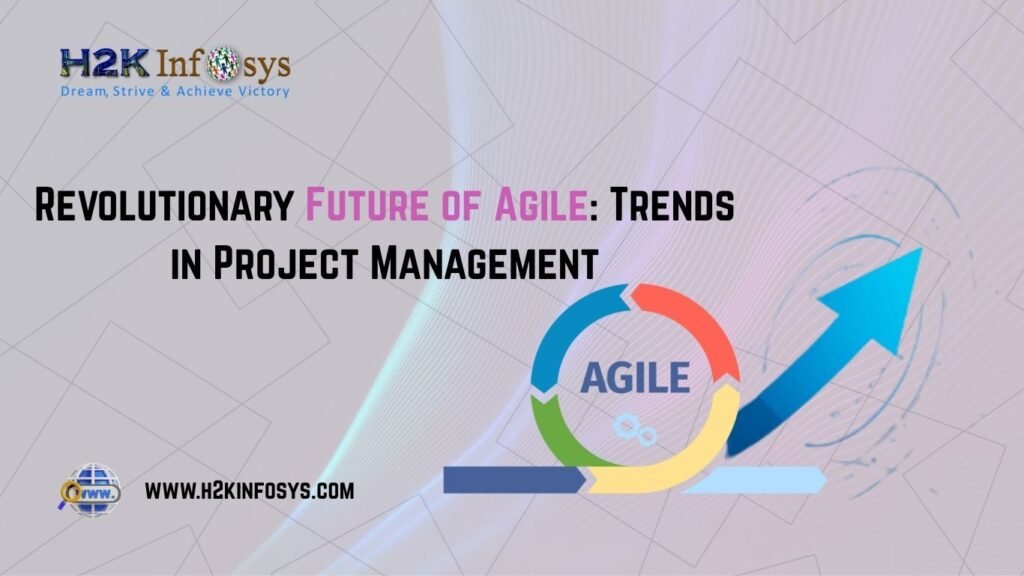Data mining and big data are two distinct concepts with different applications. Despite the fact that they both use datasets to handle data for various purposes, their activities differ in scope.
The term “big data” describes a collection of enormous datasets that are too big to handle easily, such as the datasets found inside Excel sheets. Conversely, data mining is the process of analysing massive amounts of data in order to extract pertinent and helpful information.
This article aims to help you in removing the uncertainty by outlining the key distinctions between them. Check out the Big Data online course to learn more.
Big Data is the term used to describe extremely large amounts of unstructured, semi-structured, and structured data. Five Vs are included, i.e.
- When it comes to big data, volume describes the quantity or size of data, which can reach quintillions.
- Diverse data types, such as web server logs and social media, are referred to as variety.
- The term “velocity” describes the rapid, exponential, and rapid growth of data.
- The term “veracity” describes how uncertain data, such as that found on social media, can be and whether it is reliable.
- Value describes the worth of the data we process and store as well as how we may use this enormous amount of data to our advantage.
Big data analysis can provide insights that help with more informed choices and clever commercial manoeuvres.
What is Big Data?
Big Data is typically defined as data that is equal to or larger than 1 Tb. Analysts estimate that 5,200 gigabytes of data about every person on the planet will exist by 2020.
For instance, Walmart handles one million consumer transactions every hour, while individuals tweet about fifty million times a day on average.
What is Data Mining(KDD)?
The process of extracting knowledge from massive amounts of data, or “Big Data,” is referred to as data mining, also known as knowledge discovery of data. Artificial intelligence, machine learning, and statistics are its primary applications. This is the “Knowledge discovery in databases” stage.
Businesses and governmental agencies exchange gathered data so they can cross-reference it and learn more about the individuals they are keeping tabs on.
The tiers that make up the components of data mining are as follows:
- Take out, process, and add data to the warehouse Store and oversee
- Grant access to data (Communication)
- Examine (Process) the User Interface (show the user the data)
Need for Data Mining
Examine correlations and trends within transaction data that has been stored to obtain insights that can aid in making more informed business decisions.
Credit ratings, targeted marketing, and fraud detection are all aided by data mining. It can identify fraudulent transaction types by looking up a user’s previous transactions and customer interactions to see which clients are dependable and which will defect to other businesses.
We can use data mining to create four relationships:
- Classes: It is employed at the target location.
- Clusters: It will arrange the data points logically into groups.
- Association: A connection between information.
- Sequential Pattern: To foresee trends and patterns in behaviour.
Importance of Big Data and Data Mining
Get a thorough understanding of the significance of these factors in their respective disciplines before diving into the ocean of differences. And that’s what this part is all about!
Big Data helps organisations increase their financial profitability. Big data analytics tools facilitate the extraction of valuable insights that lead to improved business decision-making. The organisation may also employ these insights or knowledge for other advantageous goals.
The significance of data mining can be attributed to several factors. The most obvious application of it is to comprehend the significance of the data acquired and utilise it to evaluate the alterations each time a fresh stream of data is received. Therefore, this makes it possible for a variety of businesses, including healthcare and financial market analysis, to leverage and integrate useful data and data mining technologies.
Difference Between Data Mining and Big Data
They are both different concepts that both provide unique services to the company. The idea of data mining involves taking steps to delve into the data and examine the connections and trends in the data changes. Because of this, businesses also use it to forecast algorithms that indicate a rise or fall in business.
Additionally, data mining is employed in a variety of contexts, including AI‘s usage of linear regression. However, the velocity, security, and source of the massive data chunk at its disposal are the primary goals of big data use.
Regarding practical proof, it is asserted that data mining is not reliant on big data in any way. The reason for this is that any volume of data can be used for data mining. However, data mining is recommended—but only with a lot of data. It’s because you’ll receive more precise results and better test cases.
Conversely, one may argue that data mining is a necessary component of big data. The reason for this is that Big Data won’t know the objective of that specific group of data without data mining. Therefore, if no analysis is done on the data once it is fed into big data, the owners will not be able to use it.
Conclusion
As we’ve seen, the term “big data” only applies to enormous data sets, and the viability of any big data solution depends on the availability of data. It might be viewed as a hybrid of data mining and business intelligence. To provide targeted results, data mining employs various methods and algorithms on large data sets. Primarily, it involves “searching for a needle in a haystack.” To put it succinctly, data mining is the management employed to yield valuable outcomes, while big data is the asset. To learn more, check out the Big Data online training.
